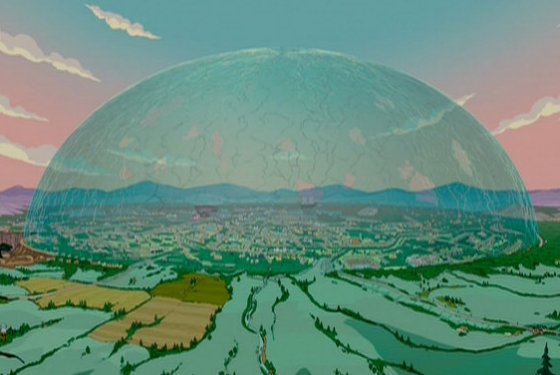 Figure 1 – The proposed “Mall of the World” in Dubai
Figure 1 – The proposed “Mall of the World” in Dubai
Last week, I posted some outlines of the trip that my wife and I took over the summer. The trip anchored on three family weddings that took place in Brisbane, Australia; Paris; and Krakow, Poland, as well as a commitment in Germany. The latter was an event near Magdeburg, Germany, where a school is leading an effort to erect a monument to both the American army and those that they liberated, including me, my mother, my uncle, and 2,500 other survivors of the Bergen-Belsen concentration camp (see the June 11th blog from this year).
As I mentioned last week, this was a very long trip and we needed some breaks, especially on the way from Australia to Europe. We decided that Dubai would be a good place to stop: we had never visited but many of our friends had recommended that we do so. We were a bit hesitant because we knew what to expect there at the height of the summer. Figure 2 shows the temperature and precipitation by month. We visited in the beginning of August. It was obvious to us that we would end up jumping from one air-conditioned place to another, with very little time spent outdoors. However, one of the aspects that interested me most (and fortunately interested my wife as well), was that it might give us a “realistic” picture of what we might expect the world to look like by the end of the century in a business as usual scenario (barring us fleeing to Mars).
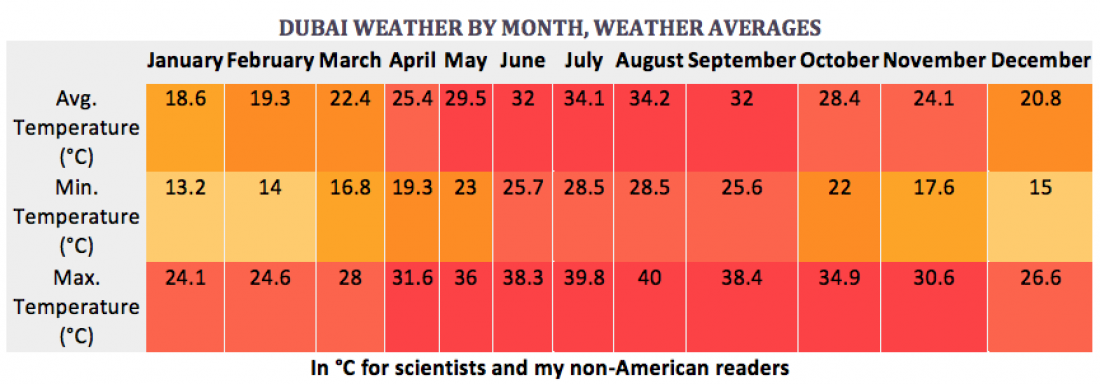
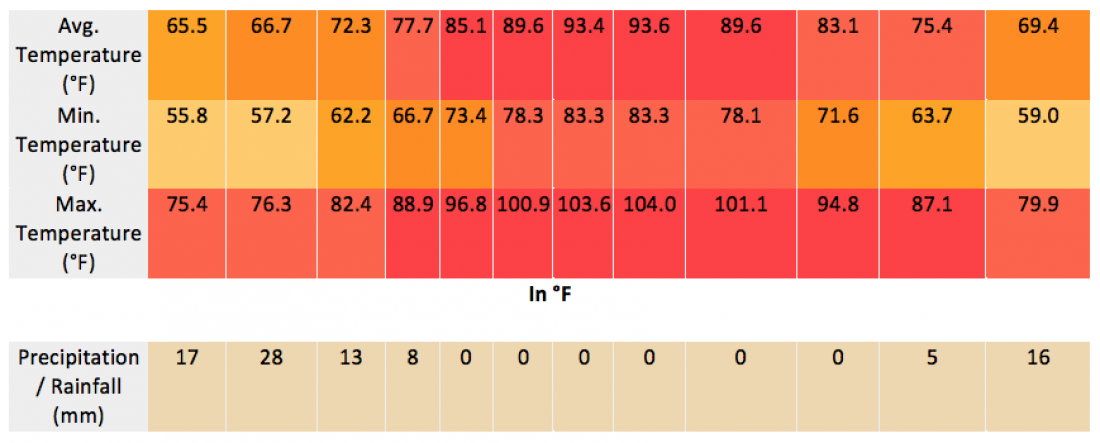 Figure 2 – The difference in precipitation between the driest month and the wettest month is 28 mm. The average temperatures throughout the year vary by 15.6 °C (Δ 28°F).
Figure 2 – The difference in precipitation between the driest month and the wettest month is 28 mm. The average temperatures throughout the year vary by 15.6 °C (Δ 28°F).
https://en.climate-data.org/asia/united-arab-emirates/dubai/dubai-705/
I found the opening picture (Figure 1) on the site ZME Science. It shows one of the solutions that was—and perhaps is still—being seriously considered. The site explains it this way:
Appropriately called Mall of the World, the city will cover an area of 48 million square feet and will set new records for various large behemoth structures: the largest indoor theme park in the world (the one actually covered by the dome), the largest mall (8 million sq. ft.), along with 20,000 hotel rooms catering to all types of tourists, and a cultural district with theaters built around New York’s Broadway, Ramblas Street in Barcelona, and London’s Oxford Street. If you ever had any doubt the Saudis have a thing for the ‘big’, here you go…
Aside from the obvious mistake in this paragraph that we are not talking about Saudi Arabia but rather about the United Arab Emirates (Dubai is the largest city in the UAE and the home of about half the country’s population), the description is more or less accurate.
Can we expand the concept globally? Many countries are trying on a local scale (see the October 24, 2017 blog) but none have attempted the scale shown in Figure 1. Maybe Dubai is the right place to start.
Of course, Dubai has a somewhat dubious recent history and there are some possible dark sides to these proposed developments:
Three decades ago, Dubai was little more than desert.
The city exploded in prosperity after the United Arab Emirates discovered oil in 1966, leading to a development boom that has resulted in the world’s tallest building, the second-biggest mall, one of the most luxurious hotels, and more skyscrapers than any city besides New York and Hong Kong.
Oil and gas now accounts for less than 1% of Dubai’s economy, down from 50% at one point, according to Bloomberg.
But for those looking at Dubai and wishing their country or city would use it as a model, Dubai may be more of a cautionary tale. The shiny, glass towers hide the trampling of the hundreds of thousands of migrant workers that built them. They hide the often opaque and arbitrary legal system, and the fear over what happens to the economy when the cranes stop building and the flow of foreign investment dries up, as happened in 2009.
Publications such as the UK’s Independent have further amplified the more nefarious aspects of the country and the project: “This is a city built from nothing in just a few wild decades on credit and ecocide, suppression and slavery.”
I am including some of the pictures I took during my visit: 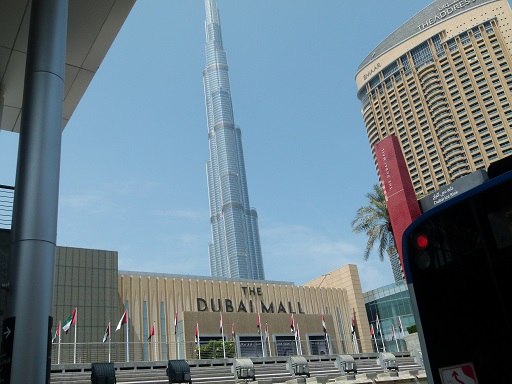
Figure 3 – The Dubai Mall and Burj Khalifa tower
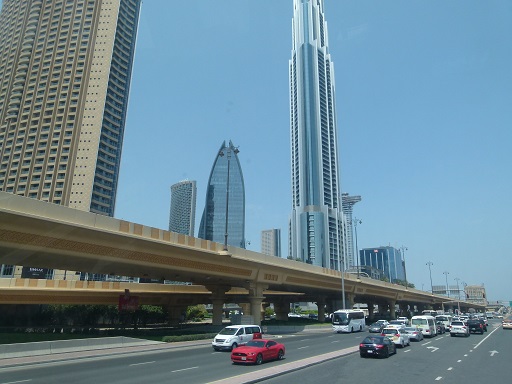
Figure 4 – Near the Dubai Mall
Once you enter the Dubai Mall, the heat is no problem. Nor is the income distribution (for you!). This is one of the biggest malls in the world, with luxury stores from all over the planet, American-sized prices, and as many restaurants as you care to count. The entertainment includes a great aquarium, on-site scuba diving, and the world’s largest fountain. You can also climb the world’s tallest building (so far), the Burj Khalifa (this comes with a US $200 price tag that we skipped), and so on.
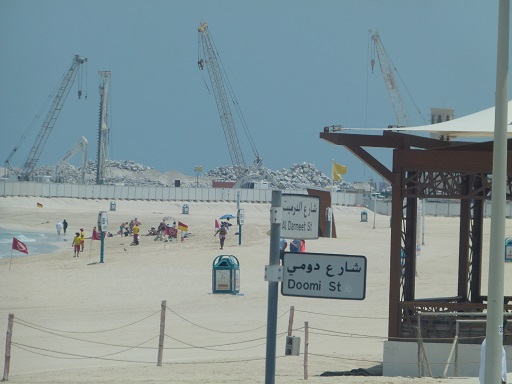 Figure 5 – Major construction in preparation for Expo 2020 in Dubai
Figure 5 – Major construction in preparation for Expo 2020 in Dubai
Construction activity is everywhere—as shown in Figure 5—mainly in anticipation of Expo 2020. However, a recent Reuters poll predicts a sharp decline in house prices.
Figure 6 shows a different picture of Dubai: that of the old city, still critically dependent on window air conditioners.
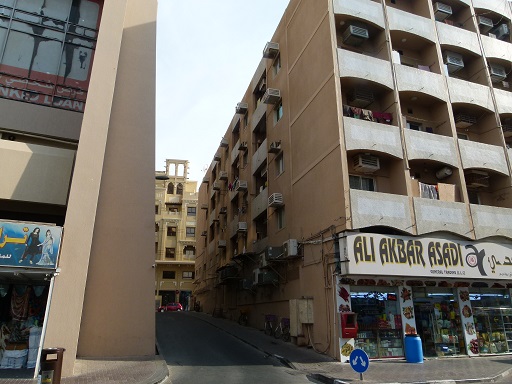 Figure 6 – Old Dubai
Figure 6 – Old Dubai
Sustainable City
However, the most striking example of a direction that Dubai might be taking came during our first day there, when we visited its “Sustainable City.” According to Wikipedia:
The Sustainable City is a 46 hectare property development in Dubai, United Arab Emirates. Situated on the Al Qudra road, it is the first net zero energy development in the Emirate of Dubai. The development includes 500 villas, 89 apartments and a mixed use area consisting of offices, retail, healthcare facilities, a nursery and food and beverage outlets. Phase 2 of the development will include a hotel, school and innovation centre.
The City was developed by Dubai-based Diamond Developers, whose Chief Executive Officer, Faris Saeed, has stated that much of his inspiration for the development came from UC Davis West Village.
Key elements of the City include:
- a residential area of 500 townhouses and courtyard villas inspired by Dubai’s old Bastakiyadistrict
- 11 natural ‘biodome’ greenhouses, organic farm and individual garden farms for local food production that use a passive cooling method with fans and pads.
- 10 MW peak solar production
- waste water recycling, with segregated drainage for greywater andblackwater using papyrus as a biofilter
- biking and shaded jogging trails
- charging stations for electric cars
- an equestrian center
Apart from periphery roads and car parking areas, the development is a car-free site.
The parking areas are topped by solar shading featuring solar panels that are connected to an electrical grid to supply energy into different sections of the city.
Panels are also placed on the roofs of all of the houses.
The construction waste is reused to furniture the public spaces.
The townhouses have UV reflective paint to reduce the thermal heat gain inside the houses.
Here are some pictures from inside the Sustainable City:
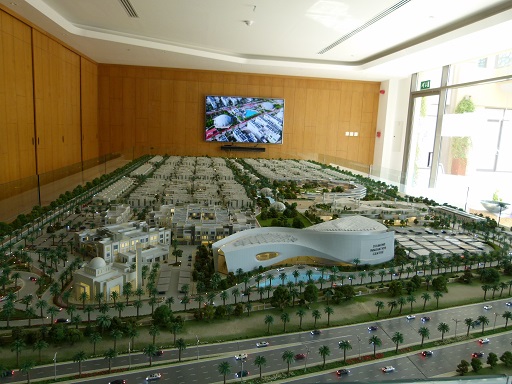 Figure 7 – A model of the full Sustainable City
Figure 7 – A model of the full Sustainable City
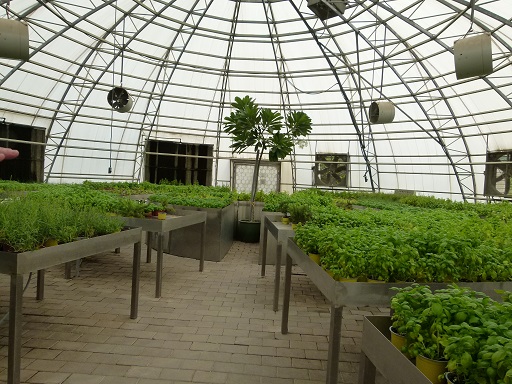 Figure 8 – A greenhouse
Figure 8 – A greenhouse
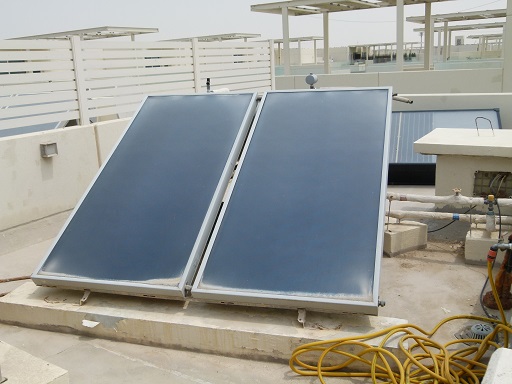 Figure 9 – Solar-powered dehumidifier and water heater
Figure 9 – Solar-powered dehumidifier and water heater
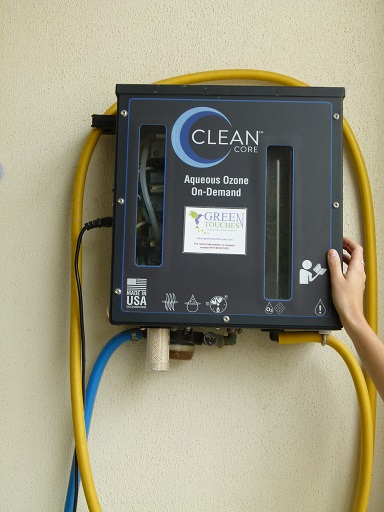 Figure 10 – Solar-powered ozonator for cleaning
Figure 10 – Solar-powered ozonator for cleaning
The United Arab Emirate’s officials have collected articles about its efforts to make the country and the city of Dubai sustainable on a site called The Sustainabilist.
Energy storage, so essential in any setting that relies on sustainable solar energy, was not mentioned. Nor was doing so necessary on the part of the Sustainable City’s tour guides. The city has an agreement with the emirate that all renewable energy is routed through (and stored by) the emirate’s mostly fossil-fueled power company. They buy it at the same price as traditional fuels, and those who produce it can then drawn upon it when needed for the same price. This process of selling excess solar power to a utility and then using it later is called load leveling. In Germany, the price that you get from the utility for the access energy that you deliver is only 10% of what you have to pay when you draw upon it later. That the UAE is offering equal prices for both directions constitutes a great subsidy. Not only that, UAE’s utility companies signed long, 25-year or more contracts to buy electricity from these solar power plants, which gives the solar developers more time to pay off the initial investment, making for cheaper solar power overall.
Next week I will start to explore other stops from this trip.

This email is sent from the university of Jordan,the oldest and most prestigious institution of higher education in Jordan.
Established in 1962 in Amman, it is recognized for its academic excellence and impactful research across various disciplines.
Please find the following link for your reference:https://arts.ju.edu.jo/Departments/School_DeptHome.aspx?deptname=Geography
(The Department of Geography was established in the academic year 1962-1963. Since then, the department worked towords the provision of the academic staff)
Which is related to your content.
Should you have any questions or require further details, feel free to contact us.
Best regards,
the university of Jordan
I think this is one of the most significant information for me. And i’m glad reading your article. Thank for sharing!
Is there always too much heat in Dubai?
The huge economic growth in Dubai has let it become a center for entertainment and shopping. Since the city has become so widely known for its lavish and well supplied malls, it makes sense that Dubai would be at the forefront of innovation when it comes to the shopper’s experience. Rising global temperatures have forced many would-be customers of outdoor markets and events to find indoor alternatives. Dubai has counteracted the negative effect that their oppressive heat might have on their entertainment options by moving nearly any experience to an indoor setting. Many businesses worldwide have followed suit. I find it very interesting that Dubai’s world-dome could replace traditional outdoor events in nearly every way. In a way, its a sad reminder of what the world has come to, that this is our refuge from our own problem. Now more than ever, people need to try and create solutions to the cause of the problems, not just the effects.
The blog was really informative. I have always looked at Dubai with admiration given it is one of the most beautiful and developed cities in the Middle East where I grew up. The Sustainable City project sets an example which, if replicated, can serve as an attraction to many residents especially those concerned about the environment while minimizing the harmful impacts of fossil fuels. Having healthcare and education facilities, food outlets and other necessities within reach can serve as an additional incentive for people to consider shifting to this new net zero
energy lifestyle. The fact that there is a minimal number of cars that are electrically run means that residents enjoy cleaner air and a better overall quality of life. It is also great to use the UAE standing behind this successful example and facilitating efforts at developing technologies utilizing renewable energy sources. The only thing that this blog leaves me wondering about is the affordability of a such a development. How much would it cost to build such a self-sufficient net zero energy city? And how much would an apartment, a villa, or a retail space cost in such an almost magical place?
The blog was really informative. I have always looked at Dubai with admiration given it is one of the most beautiful and developed cities in the Middle East where I grew up. The sustainable city project sets an example which, if replicated, can serve as an attraction to many residents especially those concerned about the environment while minimizing the harmful impacts of fossil fuels. Having healthcare and education facilities, food outlets and other necessities within reach can serve as an additional incentive for people to consider shifting to this new net zero energy lifestyle. The fact that there is a minimal number of cars that are electrically run means that residents enjoy cleaner air and a better overall quality of life. It is also great to use the UAE standing behind this successful example and facilitating efforts at developing technologies utilizing renewable energy sources. The only thing that this blog leaves me wondering about is the affordability of a such a development. How much would it cost to build such a self-sufficient zero energy city? And how much would an apartment, a villa, or a retail space cost in such an almost magical place?
After reading your blog post, I have learned a lot of important new information about Dubai. It’s hard to believe that people can survive in such hot weather but with Dubai’s technology and power they have made it possible to live. Along with there many completed and in progress projects, The “Mall of the Word” is a very interesting project.The most fascinating part being the glass dome. It seems like architecture that you would only see in fictional animations. But with our technological advances, it’s definitely not too far-fetched and do able. As you have mentioned “But for those looking at Dubai and wishing their country or city would use it as a model, Dubai may be more of a cautionary tale. The shiny, glass towers hide the trampling of the hundreds of thousands of migrant workers that built them. They hide the often opaque and arbitrary legal system, and the fear over what happens to the economy when the cranes stop building and the flow of foreign investment dries up, as happened in 2009.” This makes the fascinating architectural advances not as admirable, but instead unadmirable and disturbing. As our world is rapidly becoming more and more uninhabitable due to climate change, investing in saving our Earth should be everyone’s top priority. If Dubai focuses on climate change instead of luxury it has a great potential to help the environment. I have learned a lot about Dubai after reading your blog post. Thank you Professor for sharing your trip and the knowledge you gained from it with us.
hello blogger, the perfect page site and the speed of the crawl process that is very good for viewing and exploring the contents of the article is also convenient, hopefully the other bloggers can have a website like you
Jual Boiler Solar
Great blog post you’ve shared here. Dubai is one of a good place for tourists. I’ve visited 3 times.